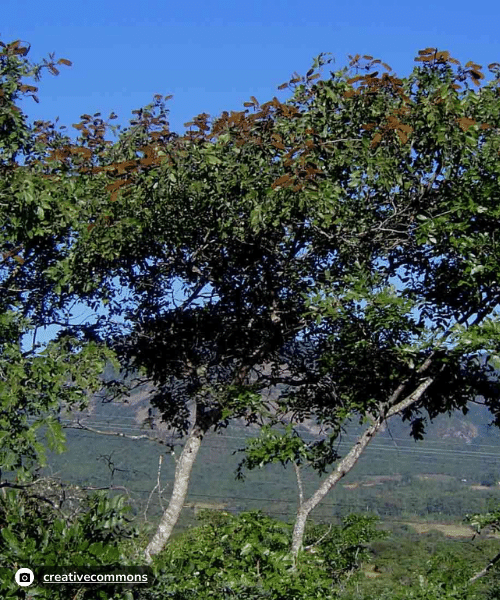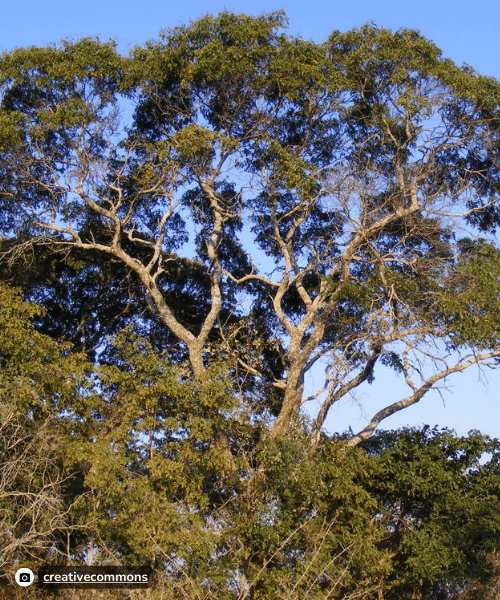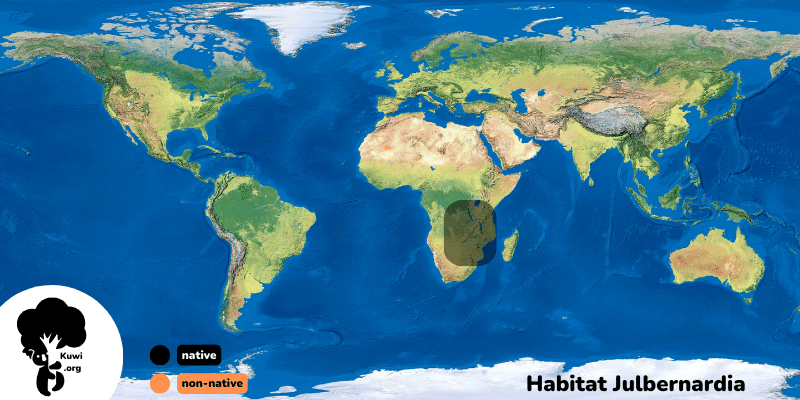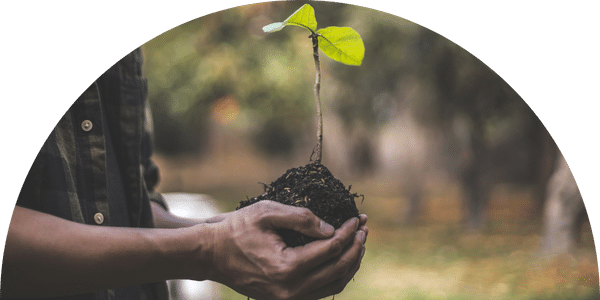Julbernardia
Julbernardia is a genus of trees in the family Fabaceae, also known as the butterfly family. It includes 10 species native to tropical Africa, with a range extending from Nigeria to Kenya, Mozambique, Botswana, Zambia and Namibia.
Some interesting facts about Julbernardia:
- The name Julbernardia is derived from the Greek words “iulbos” (tree) and “bernardia”, in honour of French botanist Jules Bernard.
- Some Julbernardia species are used in traditional medicines.
- The leaves of some species can be eaten as a vegetable.


📊 Statistics
These trees are usually medium-sized and characterised by:
Leaves: Compound, pinnate with several pairs of leaves.
Flowers: Small, white or yellow, grouped in panicles or clusters.
Fruits: Pods that spring open when ripe, with small, flat seeds.
Julbernardia species play an important role in Africa’s ecosystems by:
- Shade and shelter: Providing shade for other plants and animals.
- Food source: Seeds and leaves are eaten by various animals, including monkeys, birds, and insects.
- Soil improvement: Adding nitrogen to the soil through root nodules.
Habitat
Julbernardia species are mainly found in dry forests and savannahs in tropical Africa. They thrive in areas with pronounced dry and wet seasons, preferring sandy soils with good drainage.
Some species, such as Julbernardia globiflora, can be found in swamps and flood plains during the wet season. However, they do not tolerate permanent flooding.
The altitude at which Julbernardia species grow varies, but most species are found at altitudes between 300 and 1,500 metres.

Ecology
Despite their ecological and economic importance, Julbernardia species are threatened by deforestation, overgrazing and other human activities. Protection measures are needed to preserve these valuable trees for future generations.
Use
Some Julbernardia species, such as Julbernardia globiflora, are also valued for their hardwood, which is used for building furniture, flooring and other products.
IUCN Red List
The status of Julbernardia species on the IUCN Red List varies by species.
Two species, Julbernardia brieyi and Julbernardia eburnea, are classified as Critically Endangered. This means they are at very high risk of extinction in the wild.
Two other species, Julbernardia langii and Julbernardia unijuga, are classified as Threatened. This means they are at high risk of extinction in the wild.
The remaining six species are classified as Vulnerable, Near Threatened or Not Threatened.

Plant this tree


